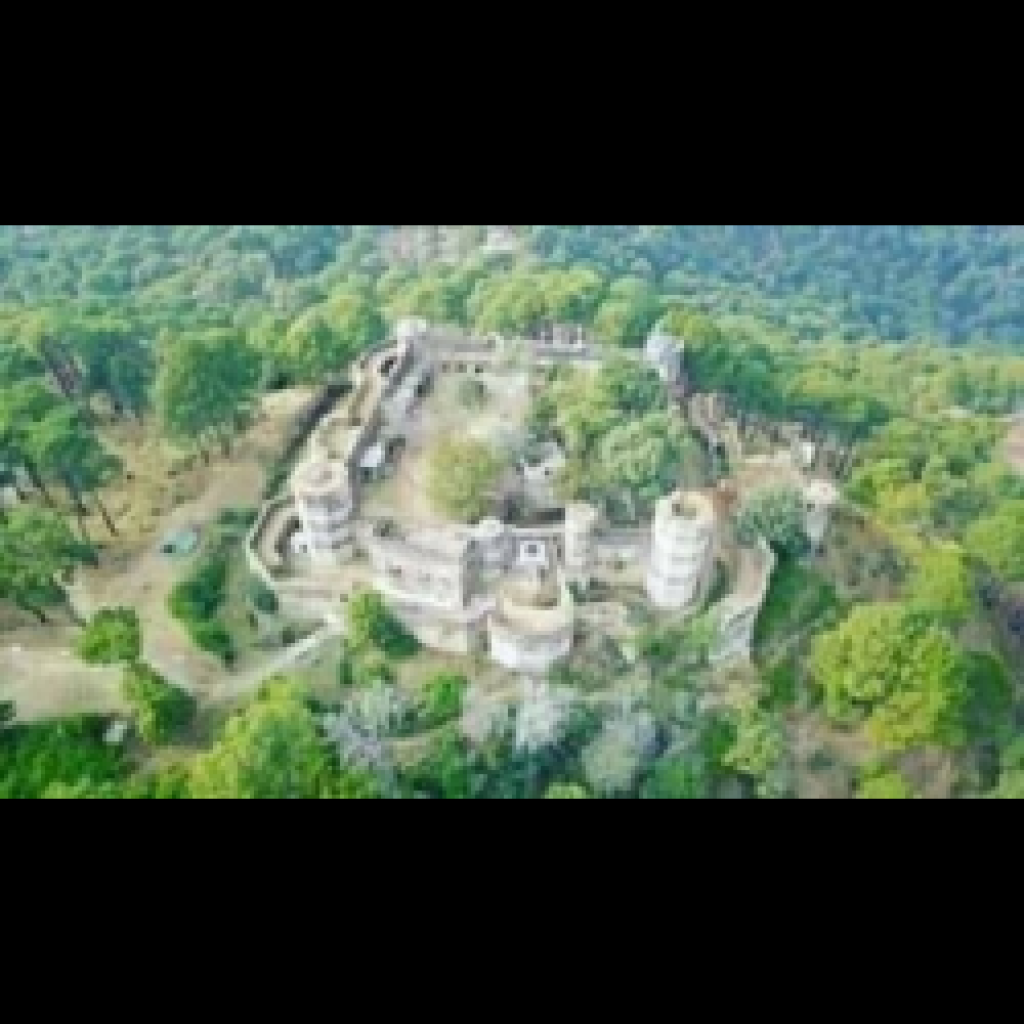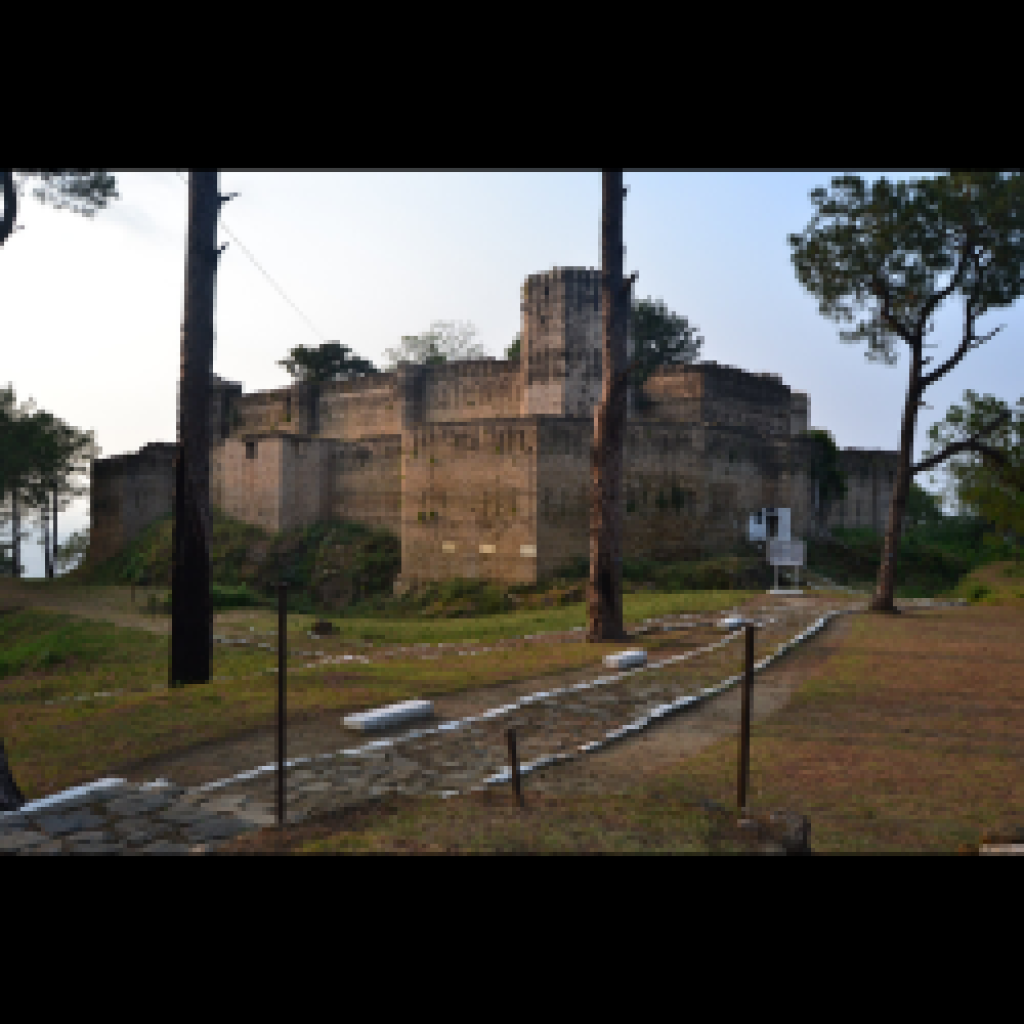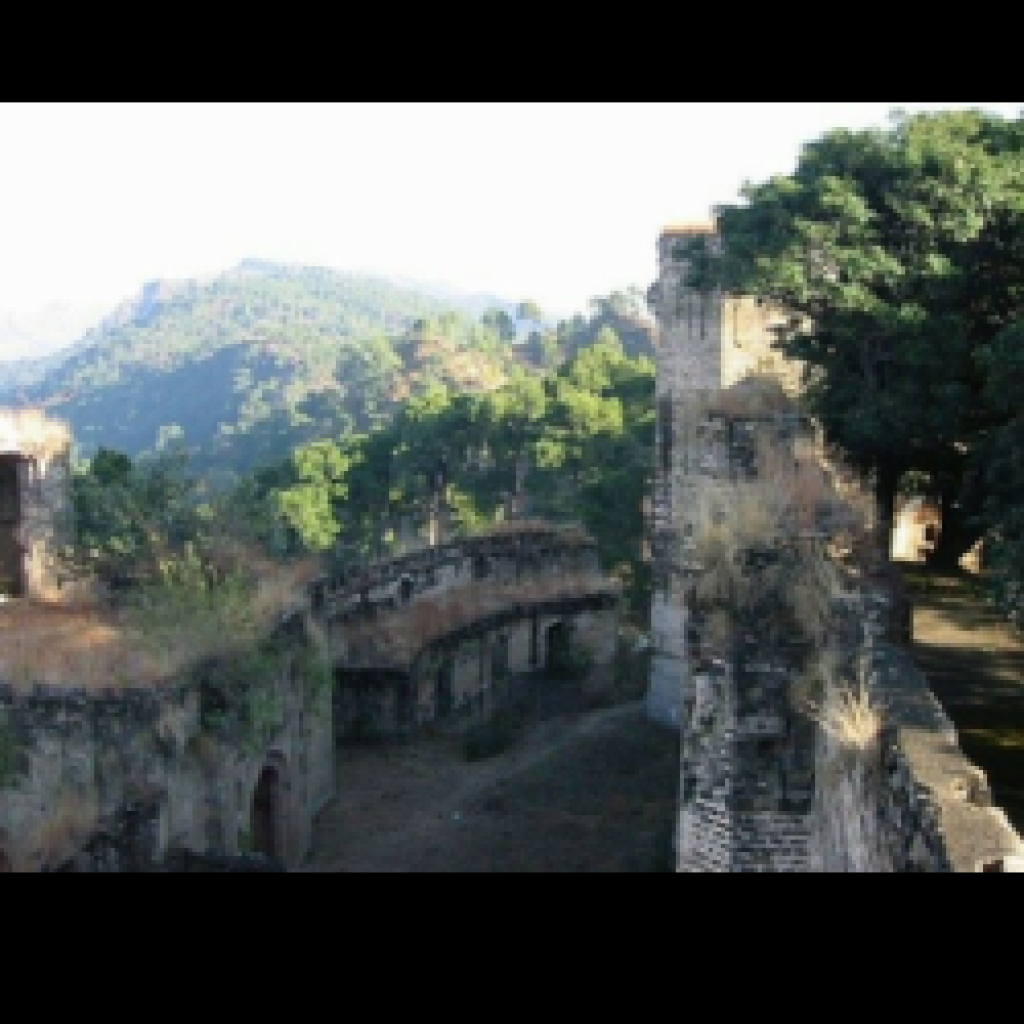Introduction
Nestled in the scenic embrace of Samahni Valley in Bhimber, Azad Kashmir, Baghsar Fort stands as a testament to the region’s rich history and architectural heritage. This hidden gem is an off-the-beaten-path destination that offers a unique blend of historical intrigue and natural beauty. In this blog, we will embark on a virtual journey to explore the captivating Baghsar Fort and its enchanting surroundings.



Unveiling the Historical Marvel
Baghsar Fort, also known as Baghsar Garhi, is a historical gem that has silently watched over the Samahni Valley for centuries. This architectural wonder bears witness to the events and transformations that have shaped the region’s past.
The fort’s sturdy structure is characterized by its thick walls, massive gates, and fortified ramparts, which reflect the architectural style of the Mughal era. As you explore its interiors, you’ll discover intricately designed chambers and corridors that transport you back in time. The fort’s elevated location provides stunning panoramic views of the surrounding valley, making it an ideal vantage point to appreciate the natural beauty of the region.
Baghsar Fort’s Historical Significance
The historical importance of Baghsar Fort cannot be overstated. Over the years, it has served various purposes and witnessed numerous rulers. From the Mughal Empire to the Sikh rule and eventually the British colonial era, the fort has seen its fair share of transitions.
One of the most significant moments in the fort’s history is its association with the renowned Sikh ruler Maharaja Ranjit Singh. It is believed that Baghsar Fort was one of the strategic strongholds of his empire. Today, the fort is a living testament to this historical era, and visitors can witness the influence of Sikh architecture in its design.
A Glimpse into the Natural Beauty
While Baghsar Fort is a compelling historical site, its beauty is further enhanced by its natural surroundings. The fort is perched on a hill, providing breathtaking views of the lush Samahni Valley below. The valley is adorned with vibrant green landscapes, rolling hills, and fertile fields, creating a serene ambiance that complements the fort’s historical charm.
As you explore the fort, you’ll be treated to stunning vistas of the valley, with the Baghsar Lake shimmering in the distance. The lake’s serene blue waters reflect the clear skies above, creating a picture-perfect scene that adds to the fort’s allure.
- Best Time to Visit. The best time to explore Baghsar Fort and its surroundings is during the spring and autumn seasons. The weather is pleasant, and you can fully appreciate the natural beauty of the region during these times.
- Accommodation. Accommodation options in the immediate vicinity of Baghsar Fort are limited. It’s advisable to stay in nearby towns like Bhimber, which offer a range of lodging choices.
- Local Etiquette. When visiting historical sites and interacting with locals, it’s important to dress modestly and be respectful of local customs. Remember to ask for permission before taking photographs, especially of the fort’s interior.
- Transportation. The nearest major city is Bhimber, and you can hire local transportation or use a private vehicle to reach Baghsar Fort. The road leading to the fort is steep and may require a bit of hiking, so be prepared for a short trek.
- Pack Essentials. Ensure you pack essentials such as comfortable footwear for walking, drinking water, and any necessary supplies, as the area may have limited access to amenities.
Conclusion
Baghsar Fort in Samahni Valley, is a hidden gem that invites travelers to uncover the fascinating blend of history and natural beauty. It’s a place where the past meets the present, and where the serenity of the valley complements the fort’s historical significance. If you’re seeking a unique and off-the-beaten-path destination in Pakistan, Baghsar Fort should be at the top of your list. Explore its historical corridors, appreciate its architectural marvel, and take in the breathtaking views of the Samahni Valley, all while creating lasting memories in this hidden treasure of Azad Kashmir.


0 Comment